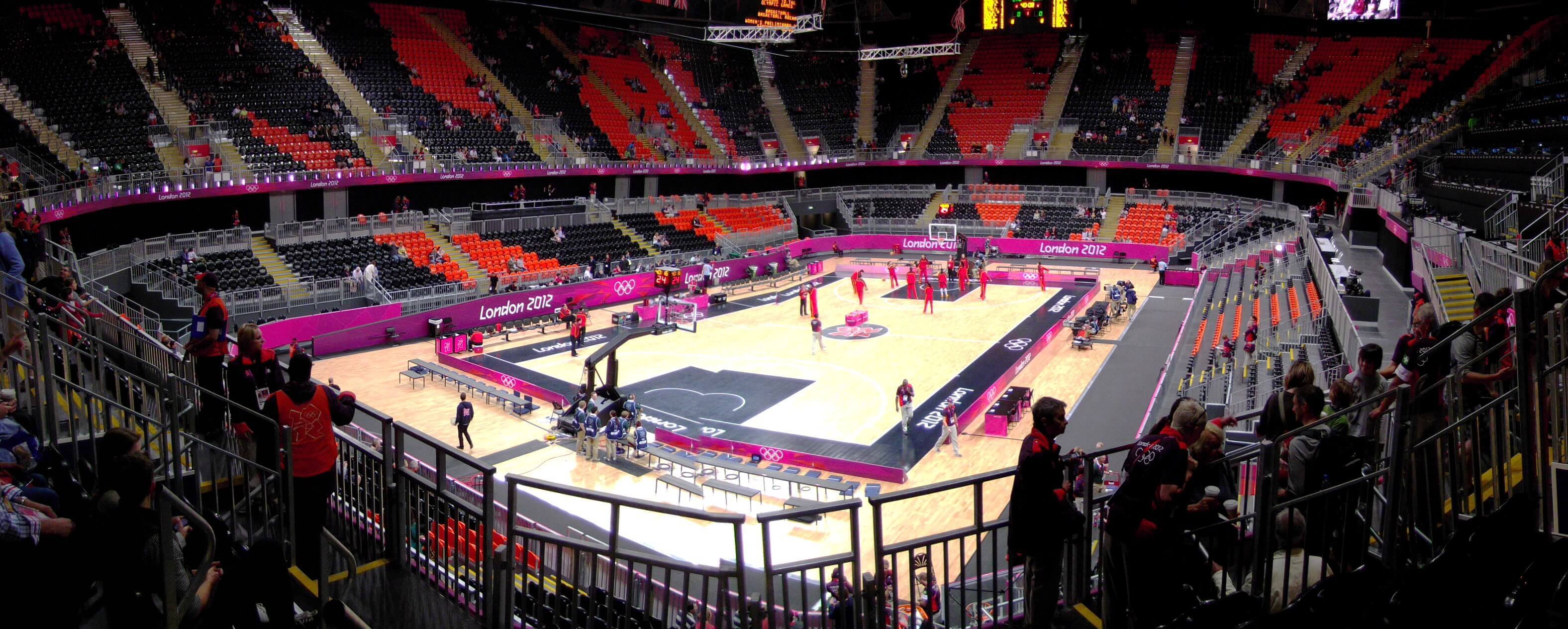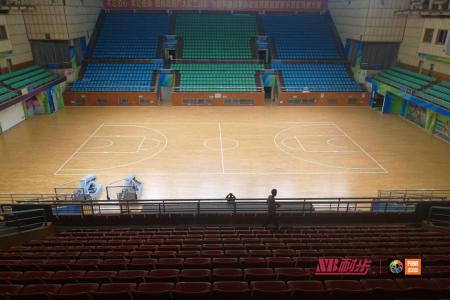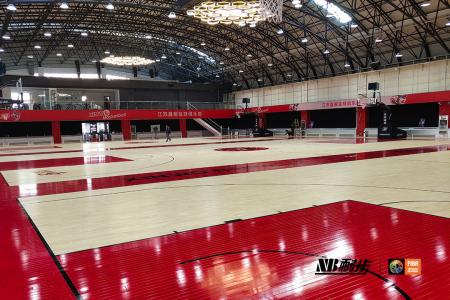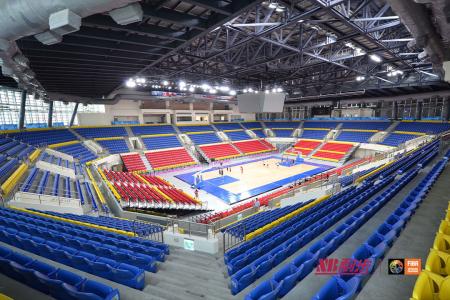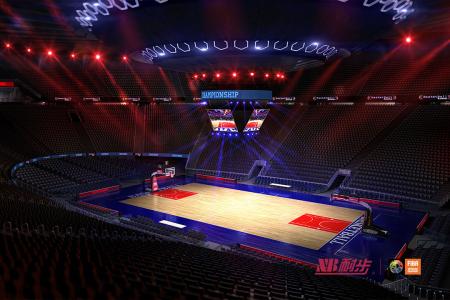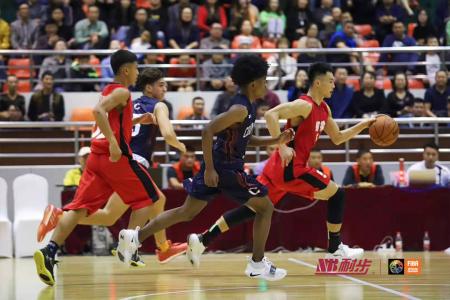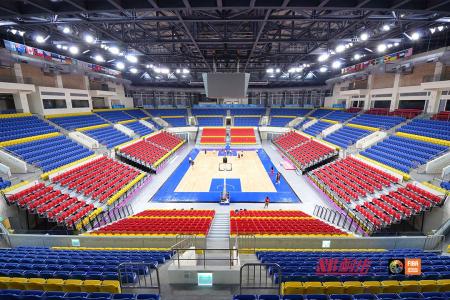As long as it is an indoor gym, it is basically inseparable from the use of sports wooden floors. Compared with the floor tiles and tiles in our homes, sports wooden floors are far different. It plays a decisive role in all sports, not only for the success or failure of sports competitions. It is also important for the safety of athletes' own activities. Therefore, the choice of sports wood flooring brands is a matter of prudence.
About the choice of sports wood flooring brands
How to choose a cost-effective sports floor product? The suggestion for you here is to try to choose those well-known sports wood flooring manufacturers. At present, the market is mixed, and it is often difficult for non-professionals to distinguish the grades. If the quality of the brand equipment and products cannot be guaranteed, it will inevitably affect the sports flooring. normal use and service life.
In addition, special attention should be paid to the after-sales service of sports wood flooring. I believe everyone hopes to have a responsible after-sales service, because there are too many cases of insufficient after-sales service in China. Therefore, once the sports wooden floor fails during use, timely and timely renovation and repair of the sports floor is crucial.
Matchability, that is, whether a sports floor matches the needs of the venue. The matchability is not determined by the price of the sports floor, but by the parameters and performance of the sports floor. In places with intense sports, it is suitable to use a solid A-grade maple multi-layer keel floor; while for badminton, table tennis and other relatively flat sports venues, a moderately textured oak/maple single-layer keel floor can be used. Say the same thing three times: Never ignore the matching of sports wood floors!
Parameters of OSNB sports wood floor
Energy absorption (W500) The lateral deformation coefficient of the test floor is an important criterion for examining the structure of the floor. It is required that the deformation of the floor at a distance of 500mm should be less than 15% when the center point is subjected to a certain vertical force.
Vibration deformation (StVv)
Vibration Deformation (StVv) Vertical deformation of the test floor. It is required that when a certain point is subjected to a certain vertical impact, the vertical deformation of the floor must be ≥2.3mm. This indicator ensures the safety of the user's movement by testing the elasticity and tension of the floor.
Rolling Load (VRL)
Rolling Load (VRL) Tests the elastic recovery of a floor, ie the floor remains flat and dent-free after intensive use. The surface is not damaged when continuously rolling the ground with a 1500N heavy wheel. Ensure the durability of sports wood floors, expand the use of venues, and reduce maintenance costs.
Friction coefficient (GV)
Coefficient of Friction (GV) Test the coefficient of friction of the floor surface. Standard is 0.4-0.6. This indicator affects theMobilize mobility and safety.
Shock Absorption (KA)
Shock Absorption (KA) This indicator tests the most critical role of the sports floor - absorbing shock, forming a buffer, and avoiding the injury caused by the reaction force of the ground when the athlete falls. The index requires that the impulse absorption ≥ 53%.
Sphere Bounce (BR)
Ball Rebound (BR) The rebound height of a basketball on a sports floor is at least 90% of that of a concrete floor. This indicator involves the mastery of posture and strength when dribbling. Meet the fast-paced demands of sports.

